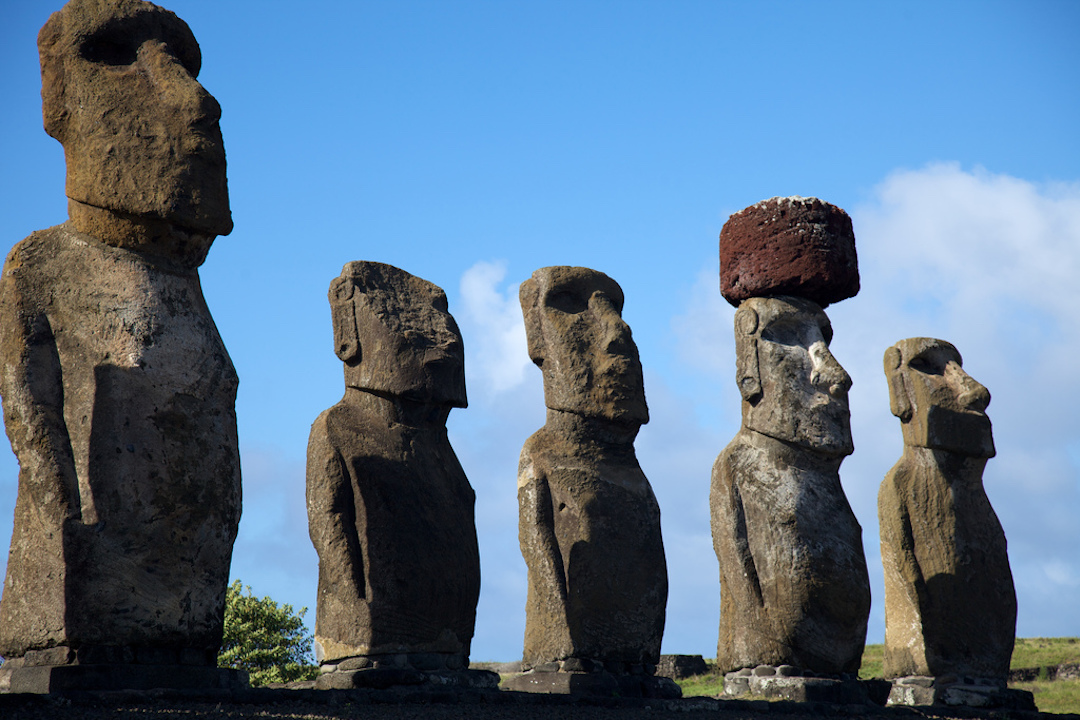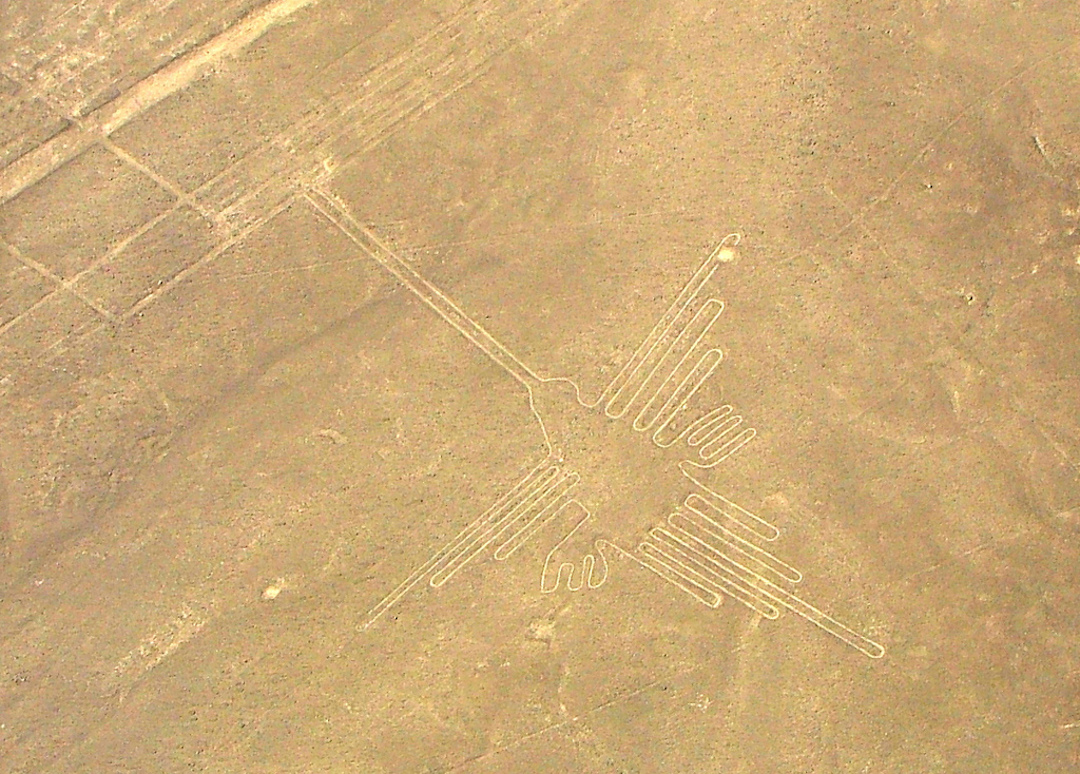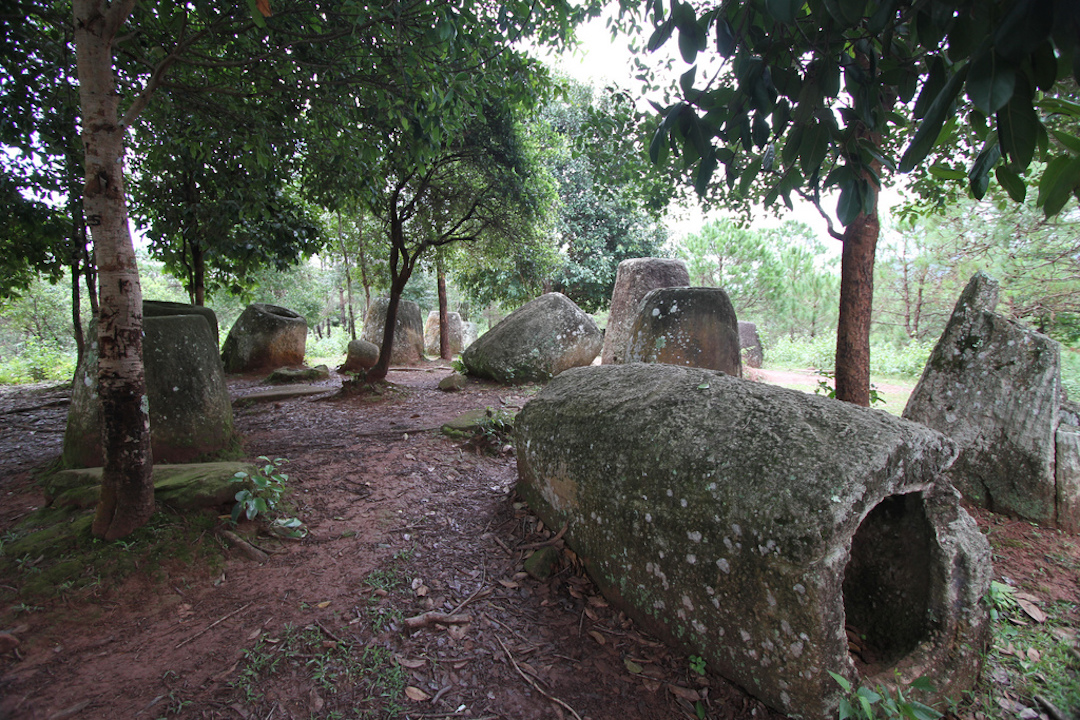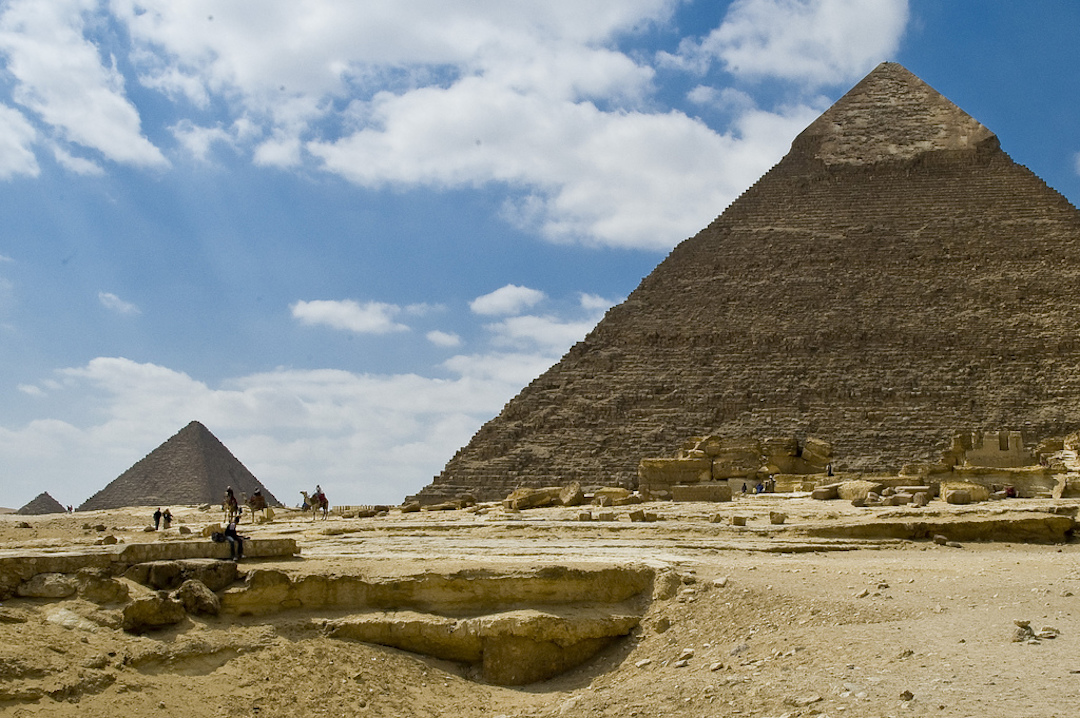There are a few very unique places around the world that are yet to be explained by archeologists and anthropologists. Even after decades of historical research, historians still have trouble explaining these timeless mysteries or why they exist. The following mysterious places have topped our travel list, with people coming from around the world to witness these destinations and try to understand a little bit more about them.
Stonehenge

Stonehenge is one of Britain’s greatest archeological sites. Baffling scientists, researchers, historians and poets alike, this haunting ring is a reminder of prehistoric times. The monolithic stones date back to 3000 B.C., and even with a steady stream of theories, from an astronomical calendar to a sacrificial site, their purpose remains a mystery.
Go there with London & Country: 3 destinations in 7 days.
Easter Island

Easter Island is one of the most isolated places on earth. It is most famous for its silent, stone moai statues, which stand an impressive 4 meters tall and weigh 14 tons. The head and torso figures have been greatly speculated over the decades, but no one is exactly sure how or why they came to be. To add to the mystery, it is thought that the native Polynesian people that once inhabited the island, demised as a result of an environmental catastrophe of their own making.
Go there with Easter Island: 1 destination in 4 days.
Inca’s Nazca Lines

The Nazca Lines are a series of ancient geoglyphs located in the desert in Southern Peru. Covering an area of 450 square kilometers, these ancient lines remain a mystery due to their quantity, nature and sheer size. It is believed that their creation would have taken centuries, and would have required a number of workers. A remarkable feat of engineering, the Nazca Lines draw theories such as alien encounters, sacred pathways, and an homage to the Gods…none of which can be confirmed.
Go there with Nazca Lines: 2 destinations in 3 days.
Teotihuacan

The holy city of Teotihuacan literally translates to “the place where the Gods were created”. The city which it thought to have once been Mesoamerica’s greatest city, is located approximately 50kms from Mexico City and is a sprawling, astonishing site to anyone who visits. Historians believe Teotihuacan was established around 100 B.C., however its historical significance remain to be realized.
Go there with Mexico Unplugged: 9 destinations in 15 days.
Plain of Jars

The Plain of Jars is an archaeological site where more than 2,500 solid stone “jars” scatter the landscape in Laos. These heavy, ancient objects are believed to be from the Southeast Asian iron age, between 500 B.C. and 200 A.D. Legend has it that the jars were used to brew vast quantities of rice wine and used in celebrations during the 6th century. However, nothing has been confirmed and the mystery remains as to how and why these jars are there.
Go there with Highlights of Laos: 4 destinations in 11 days.
The Great Pyramid of Giza

The oldest of the Seven Wonders of the Ancient World (and the only remaining), this extraordinary structure consists of 2.3 million stone blocks, each weighing 2.5 to 15 tons. It is believed the pyramid was constructed as a tomb for Pharaoh Khufu, a Fourth Dynasty Egyptian and was built over a 20-year period. How exactly it was constructed remains a mystery however, due to its extraordinary size and extremely precise engineering. Some pyramidologists argue that it must have been constructed by angels or aliens; a laughable concept at first, until you see it for yourself in real life.
Go there with Essential Egypt: 6 destinations in 9 days.
Have you been to any of these mysterious spots? Are there any you would add to our list? Leave a comment below!

